Expeditions: Archipelago of Fernando de Noronha - 2016
Between 13/10 and 20/10/2016, SISBIOTA - Mar members, Carlos Ferreira (UFF), Barbara Segal (UFSC),
Ana Grillo (ICMBio), Guilherme Longo (UFRN), Linda Eggertsen (UFRJ), Moysés C. Barbosa (UFF) and
Bianca Del Bianco (USP), participated in one more monitoring expedition to Fernando de Noronha Archipelago.
Fernando de Noronha is an archipelago formed by 21 volcanic islands and islets in the Atlantic Ocean, 354 km from
the Brazilian coast (3°51′S, 32°25′W). The Archipelago is divided in two parts that are submitted to different types of
environmental management, comprising strictly protected areas in the form of a no-take MPA and an area of
sustainable use, herein simply referred to as MPA. In 2001 UNESCO designated it as a World Heritage Site
because of the importance of its environment.
The expedition included sampling for two projects PELD-ILOC (Programa Ecológico de Longa Duração) and
ProspecMar (Prospecção Sustentável em Ilhas Oceânicas: Biodiversidade, Química, Ecologia e Biotecnologia).
The PELD is a long term biodiversity monitoring program occurring in all Brazilian oceanic islands, while
ProspecMar project has its focus on marine organisms for bioprospection.
Among the monitoring activities were fish censuses, benthic communities’ surveys, coral colonies health, sampling
of corals for genetic connectivity and sampling of algal specimens for chemical analysis and ascidian specimens
for bioprospection. Collected data also included DNA samples of Grapsus grapsus crabs, glasseye fish
Heteropriacanthus cruentatus and algae, corals and zoanthids.
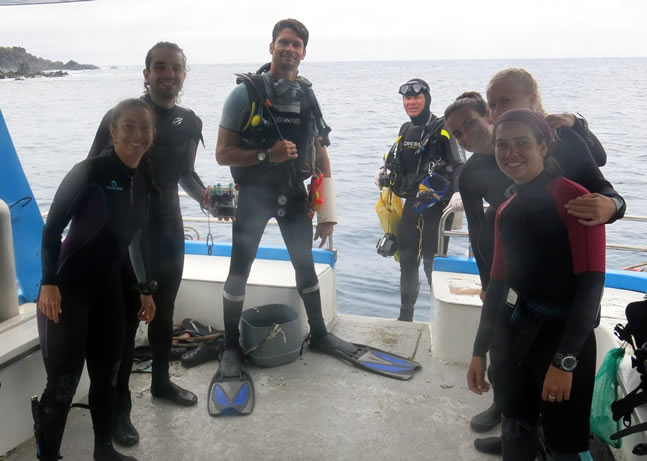
The PELD/ProspecMar team, from left: Barbara Segal, Guilherme Longo, Moysés Barbosa, Carlos Ferreira, Bianca Del
Bianco, Linda Eggertsen and Ana Grillo on board before a dive.
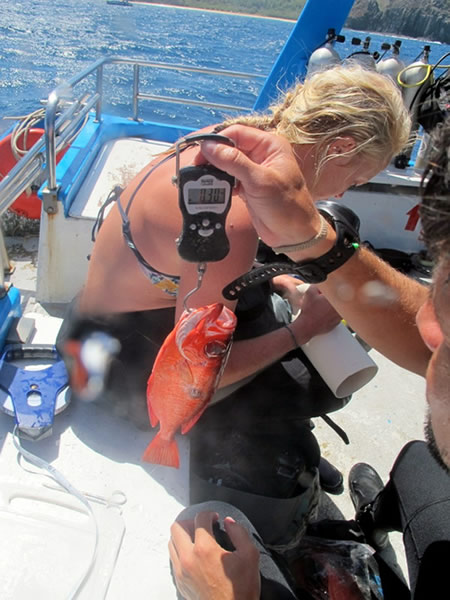
Work on board.
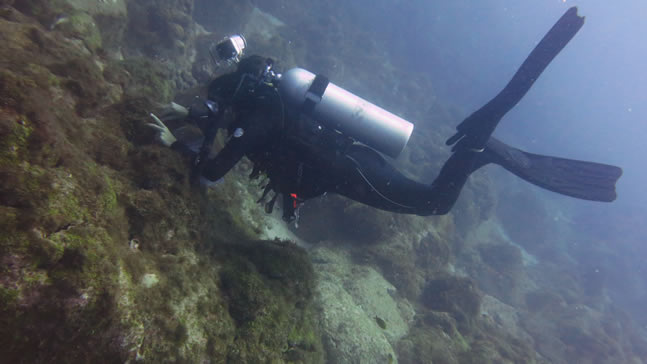
Collecting ascidians.
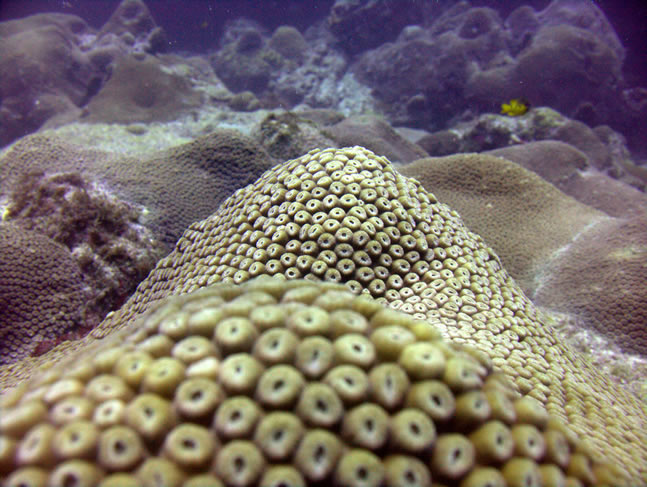
Coral, Montastraea cavernosa, the most abundant coral in the Fernando de Noronha Archipelago.
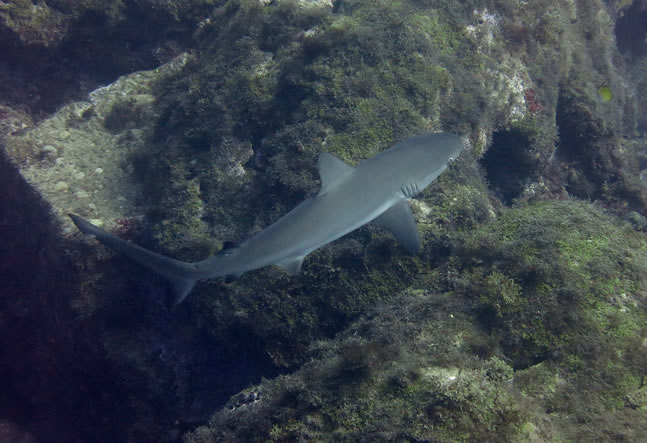
Caribbean reef shark, Carcharhinus perezi.
Written by Moysés Cavichioli Barbosa
|














